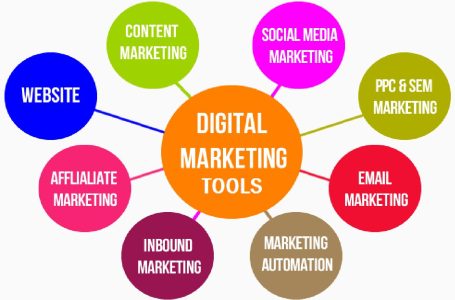Understanding what SaaS, PaaS, and IaaS mean is very important to stay competitive in the market.
Either to optimize the pace of work or to gain practicality to carry out the activities, there are solutions within each of these concepts that can be very useful for the success of your business.
Market changes require you to keep up with all of them to ensure that the strategies are, in fact, the best for what you need.
With so many acronyms and new features, it is widespread to end up without understanding the details of each one of them, but that cannot happen.
After all, do you know the differences between IaaS, PaaS, and SaaS?
The last option is a bit more familiar term.
But there are still many doubts on the subject. It is essential to understand what each of them represents, their advantages and disadvantages, and, of course, how they can be applied in the reality of your company.
To take advantage of digital transformation, you have to adapt.
To help you understand these three concepts, we have prepared a complete article with everything you need to know.
What is IaaS, what are the benefits and challenges?
IaaS is the abbreviation for “Infrastructure as a Service” or “Infrastructure as a Service” in Spanish. Its primary function is to provide storage, storage, and processing to third parties from a cloud service.
A company does not have to invest in a physical structure to create a local data center, which means lower costs and more efficiency for the overall system.
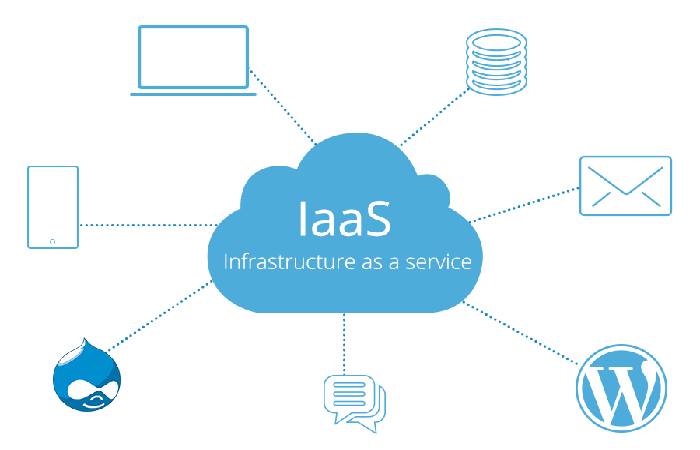
All business information can be stored in a cloud, be it public, private, or hybrid. This reduces the effort involved in renting or maintaining a space that is not fully used.
Therefore, the organization only has to pay for the storage space used and reduce the threats posed by each physical structure.
When remote working has become increasingly popular, and concepts like “Anywhere Office” are becoming more popular, IaaS can be very useful for companies that do not want to invest in physical structures.
This allows you to use a practical and agile solution that can be accessed from anywhere without loss of security.
What are the strengths and attention that IaaS provides?
The main benefit of using IaaS is the ability to pay only for what you use.
You don’t need a much larger structure than you need to absorb the demands of the business.
Additionally, scalability is another attraction, as its structure can be scaled up or down quickly and easily.
Costs are also condensed by removing the need for constant maintenance, as this is the responsibility of the contracted provider.
This means that the investment of the security professional is more significant, and your company can be sure that everything reported is protected.
Another positive point is financial planning since the company can be organized more efficiently to adjust investments to the given budget.
Productivity is another benefit as the information technology professionals responsible for them focus on other strategic activities for the organization.
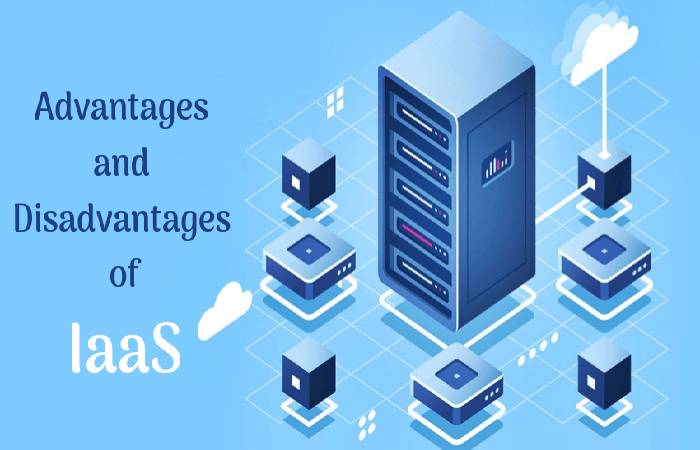
Challenges
But this concept can’t be all about benefits, can it?
Some weaknesses need to be taken into account to ensure that IaaS truly delivers solutions for the business.
The first is an internal challenge: adapting processes and workflows across the company. It is a long and essential task to enjoy the benefits.
Another challenge related to day-to-day business is the integration of the cloud system with other tools and solutions used in the company.
Without synchronization between what is being used, all the benefits can be useless. This is an issue that should be looked at carefully before deciding on whether to use IaaS.
If your company has a server in a room in the same building where work is done, it is much easier to control.
Another challenge with IaaS is not having complete control over protection because it is a provider that offers this service.
It is essential to analyze before deciding so that the choice effectively benefits your company.
What is PaaS and what are its pros and cons?
PaaS is also a remote infrastructure for companies to order outsourced services for their servers, storage, or internal networks.
A “Platform as a Service” or “Platform as a Service” application also enables the use of other solutions, such as data management systems, which are considered essential for big data or business intelligence platforms.
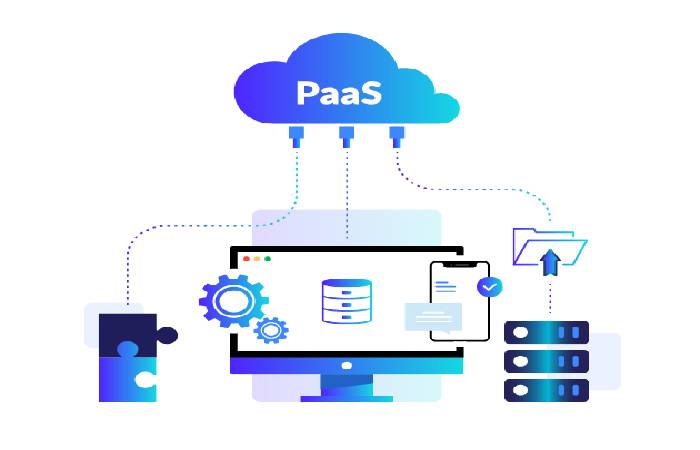
With PaaS, the company can develop a solution for internal processes or even offer it to the market. By adding an interface focused on user experience.
It is possible to customize the entire platform and bring a solution to the market.
It is a solution often used by companies that cannot invest in innovative software and tools.
What are the strengths and care that PaaS provides?
The most significant benefit of using PaaS is the savings, especially for smaller companies that now have access to the latest resources without making substantial investments.
Can you imagine that a company would have to make a series of investments and hire a team to develop an application to bring it to market?
Not surprisingly, startups often use PaaS solutions to ease the development process without worrying about maintaining an infrastructure to create solutions.
The company can focus on business growth strategies, such as sales and marketing promotions, with this assurance.
In short, it is possible to create out-of-the-box solutions faster without market-relevant products.
Another positive point is the security offered by a company specialized in the subject.
The possibility of scalability is another point in favor since the company only has to buy what it uses.
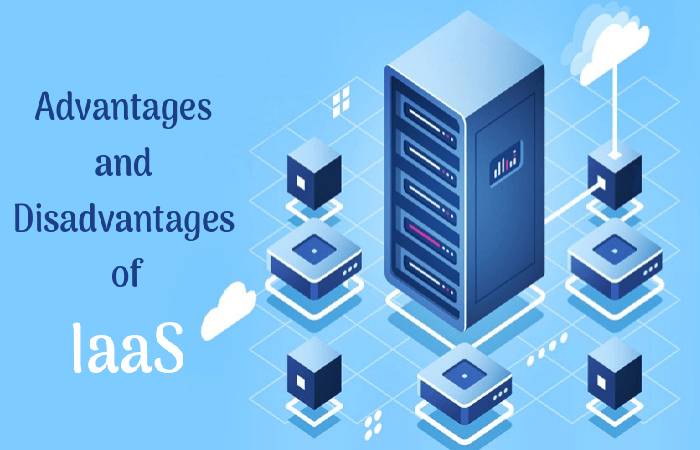
Cons
As with IaaS, there are also challenges for the company to use PaaS efficiently; nothing can be manage with sound strategic planning and order.
Of course, the most important of these is the reliance on the vendor, who may not have the expertise to deliver what the company needs to build an efficient solution.
Compatibility and integration are other vital points for the correct implementation of PaaS.
Nothing will help if the solutions chosen don’t match the systems and platforms the company is using.
What is SaaS, and what are its benefits and challenges?
Saas, Software as a Service or Software as a Service in Spanish, is a broader version of all of the above tools and uses the same practical concept: the infrastructure is made available to other companies through the digital connection.
Imagine your team wants to use a tool, even remotely. Have you at any point considered how complex it would be without a universal solution?
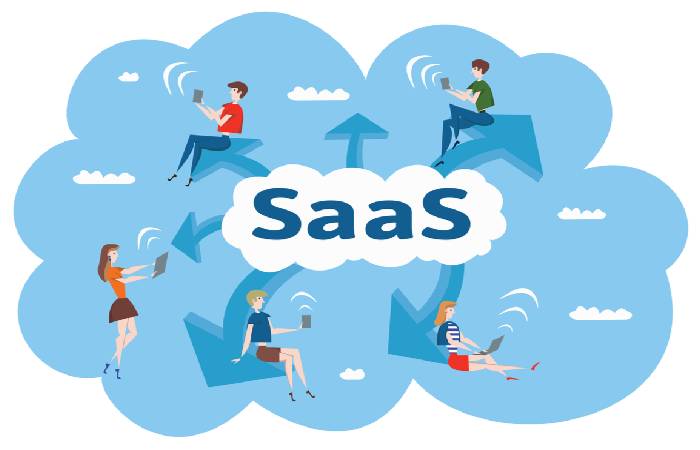
SaaS contributes to this, as it enables more accessible access to the software without significant infrastructure costs.
A clear example of how this type of solution is widely in use is Netflix, which allows you to access the entire collection without installing anything, not necessarily.
Right, rock content! Do you know who else fits in this category? Our SaaS solutions are as follows:
- Stage: a complete software for hosting websites in WordPress;
- Ion: the most complete and scalable platform for creating interactive content;
- Studio: an intuitive and versatile application for managing content marketing strategies.
What are the strengths and cares that SaaS offers?
The main reason is the lack of hardware to be able to use the tool.
That means more practicability and agility in everyday work, especially when the home office is becoming more and more popular.
Automatic updates are another attraction for anyone who uses SaaS without worrying about spending on this and other processes like device maintenance for all professionals.
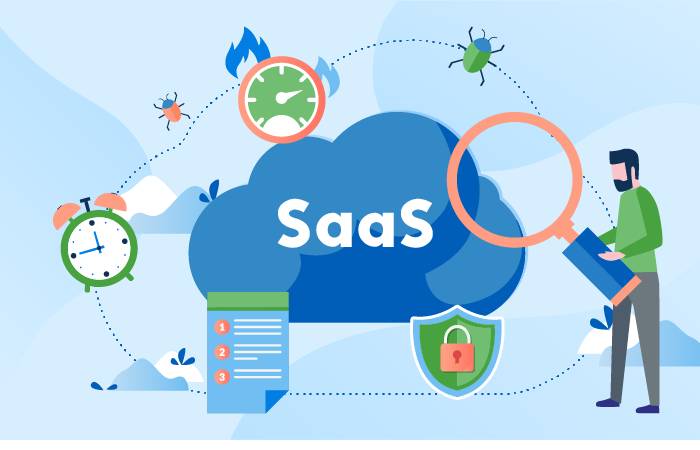
Challenges
While it guarantees several benefits to our business, SaaS also faces some challenges.
The first is security, as it is necessary to have the support of another company.
When data is the most critical asset for businesses, this is imperative, and it is necessary to find the right partners to start a business with.
That is why we have to evaluate companies comprehensively before making a decision:
- Background,
- Opinions of people or colleagues who have worked with them,
- among other important factors.
With that in mind, it’s not just about money. It’s about the cybersecurity proposal they are offering to protect confidential business information.
How important is it to modernize operations?
Technology is already a reality in most companies.
Both to run the business more efficiently, make everyday work more accessible, and implement marketing automation.
There are tons of ways to apply solutions and tools in everyday business, and that means directly learning more about your options.
One example of this is knowing more about what IaaS, PaaS, and SaaS mean.
The three acronyms may seem complex, but often they are already part of the reality of our business.
If not, they can be important for better performance.
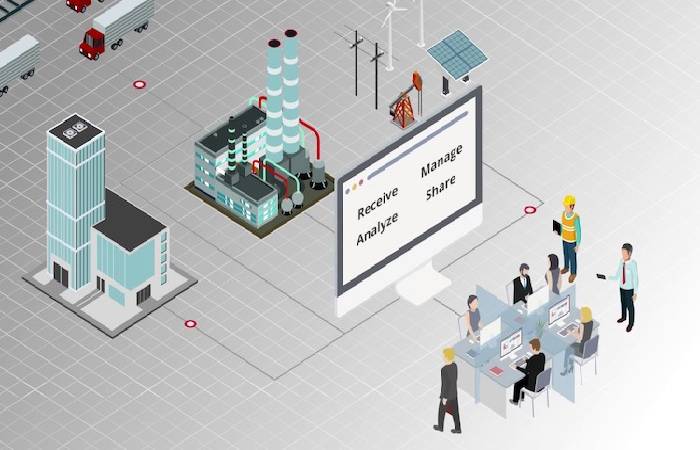
In such a competitive scenario, the meanings of each of these acronyms can make a difference.
Because only productivity gains through more efficient operation can mean, for example, a higher profit margin.
It is possible to have more committed and satisfied employees, which reduces fluctuation.
A tool can also help in the commercial sector to win new customers and optimize performance.
It is essential to focus on the modernization and optimization of the production process.
They can all be more efficient with the right solutions.
The good news is that IaaS, PaaS, and SaaS are pack full of tools, concepts, and strategies that can be use to the company’s day-to-day operations and generate profits on different fronts.
IaaS, PaaS, and SaaS, with their suggestions, advantages, and attention points, are becoming more and more relevant for the reality of companies of different segments and sizes.
Therefore, we need to identify our primary needs and, within these three concepts, look for solutions that can further optimize the company’s work.





